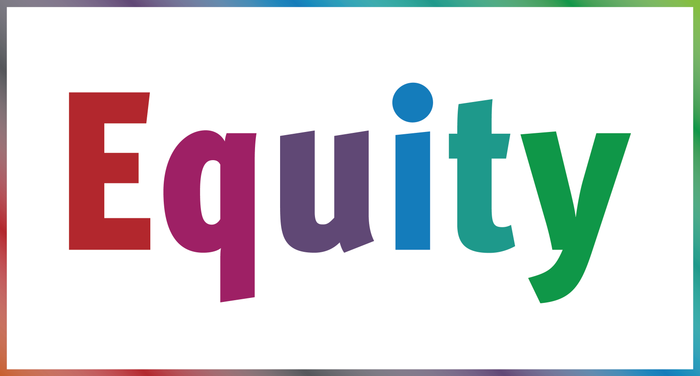Equity

 Merriam-Webster’s “definition” of equity is “fairness or justice in the way people are treated.”
Merriam-Webster’s “definition” of equity is “fairness or justice in the way people are treated.”
Equity is deep and complex. It is about everybody being able to get what they need to survive or succeed and having access to not only opportunity but networks, resources, and support systems that are based on both where we are and where we want to go.
How does this translate to the classroom.
Here are some tips to follow when creating an equitable learning environment.
- One factor to always keep in mind, is that every child is different and has their own unique needs. Carefully take notice of any challenges that a student faces, and determine if you need to offer support or resources.
- Create an environment within your class where each student feels heard and recognized. Provide opportunities for the students to speak about unfairness and let them know you will listen if they want to share any hardships at home or in class
- Parent engagement can be extremely helpful. Parents can support when addressing issues around equity. A good approach to take is keeping an open line of communication with parents and guardians. Consider encouraging them to volunteer and inviting them to school events. This will get them involved in their child’s education.
- Equity training in schools will help to build the faculty and staff's knowledge base. They will learn effective skills that can be used to resolve challenges.
- Consider having activities as well as lessons that focus on diversity. This can create a sense of belonging for all students.
The goal is to do our best to create learning environments that ensure equity for individual students and populations of students.



